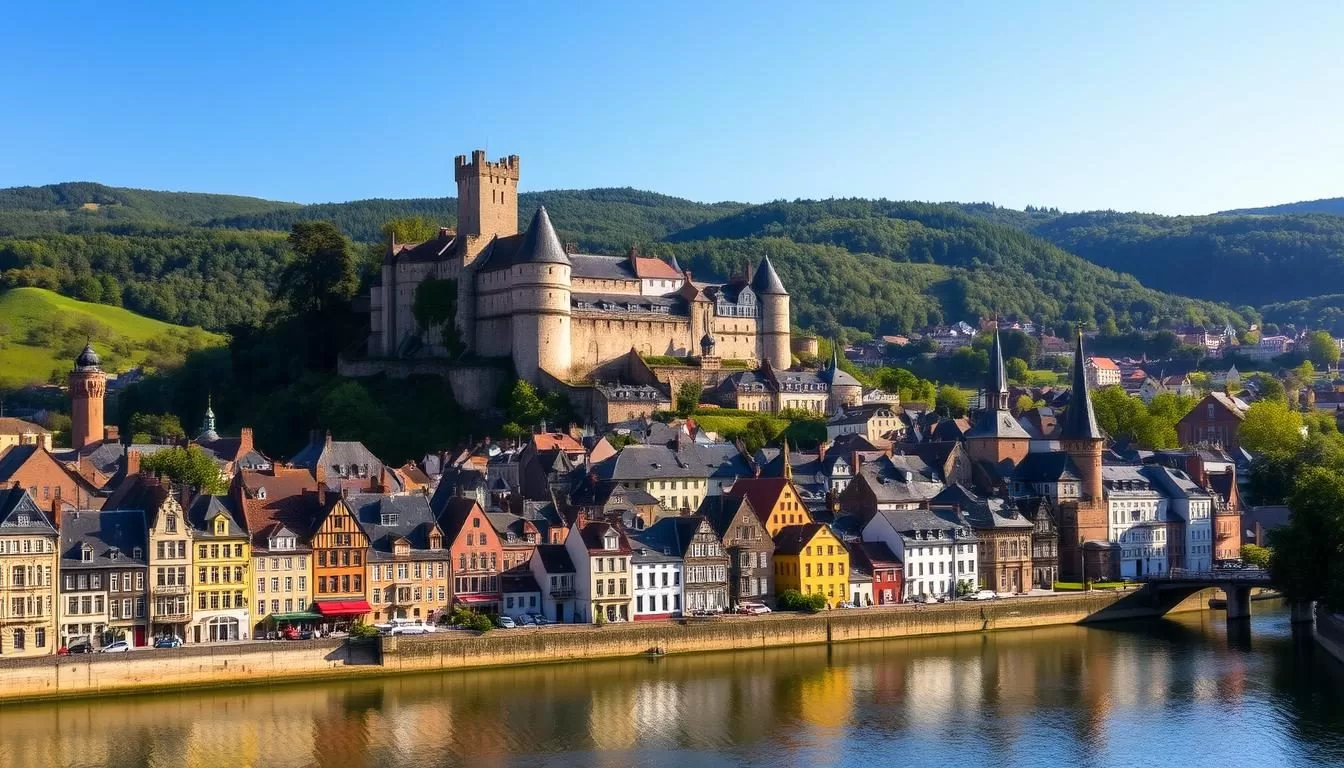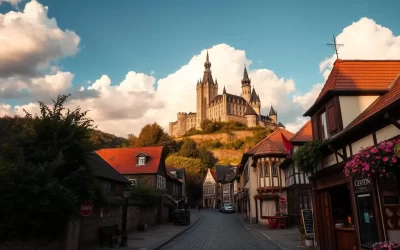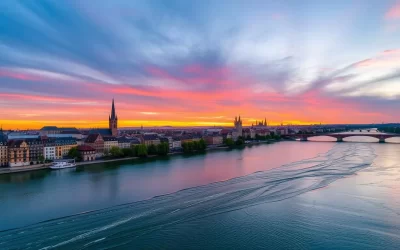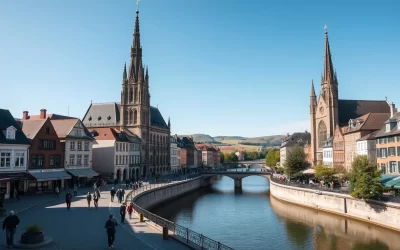1. Antwerp – 540,000
Major port city and center of diamond trade.
2. Ghent – 265,000
University city with medieval architecture.
3. Charleroi – 200,000
Industrial city in Wallonia.
4. Liège – 195,000
Historic city on the Meuse River.
5. Brussels – 185,000
The capital of Belgium and the de facto capital of the EU.
6. Bruges – 120,000
Medieval city known for canals and cobbled streets.
7. Namur – 110,000
Capital of Wallonia with a historic citadel.
8. Leuven – 105,000
University town home to KU Leuven.
9. Mons – 95,000
Military and cultural center.
10. Aalst – 88,000
Known for its carnival and textile industry.
11. Mechelen – 87,000
Historic Flemish city between Brussels and Antwerp.
12. La Louvière – 80,000
Center of Walloon industrial heritage.
13. Kortrijk – 78,000
City with a strong textile sector.
14. Hasselt – 78,000
Capital of Limburg province.
15. Sint-Niklaas – 78,000
Known for having Belgium’s largest market square.
16. Ostend – 72,000
Coastal city and port on the North Sea.
17. Tournai – 70,000
One of Belgium’s oldest cities with a UNESCO cathedral.
18. Genk – 65,000
Former coal-mining town turned tech hub.
19. Seraing – 64,000
Part of the Liège metropolitan area.
20. Roeselare – 64,000
Flemish city with strong agribusiness.
21. Verviers – 60,000
Textile city in Wallonia.
22. Mouscron – 59,000
Border town near France.
23. Dendermonde – 46,000
Historic city in East Flanders.
24. Heist-op-den-Berg – 45,000
Town with a mix of agriculture and industry.
25. Beveren – 45,000
Suburb of Antwerp with a major container terminal.






